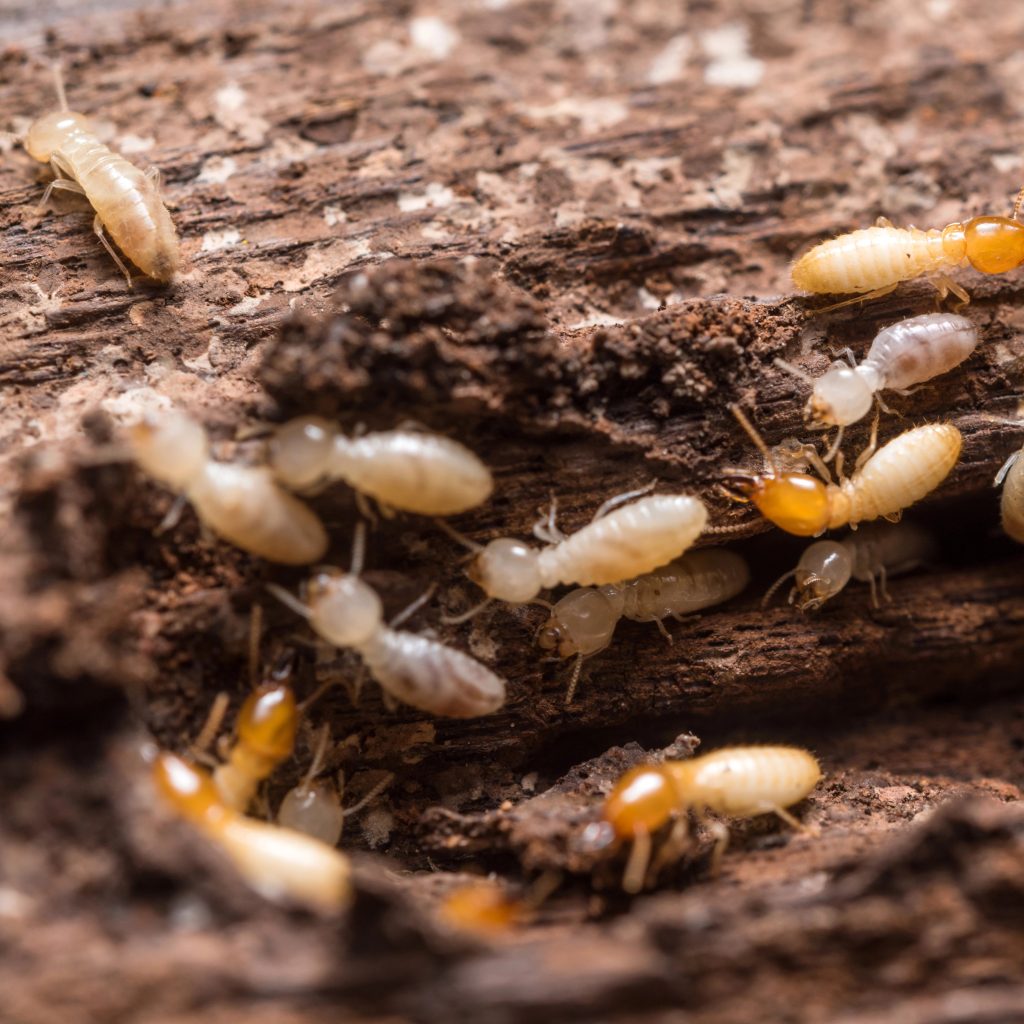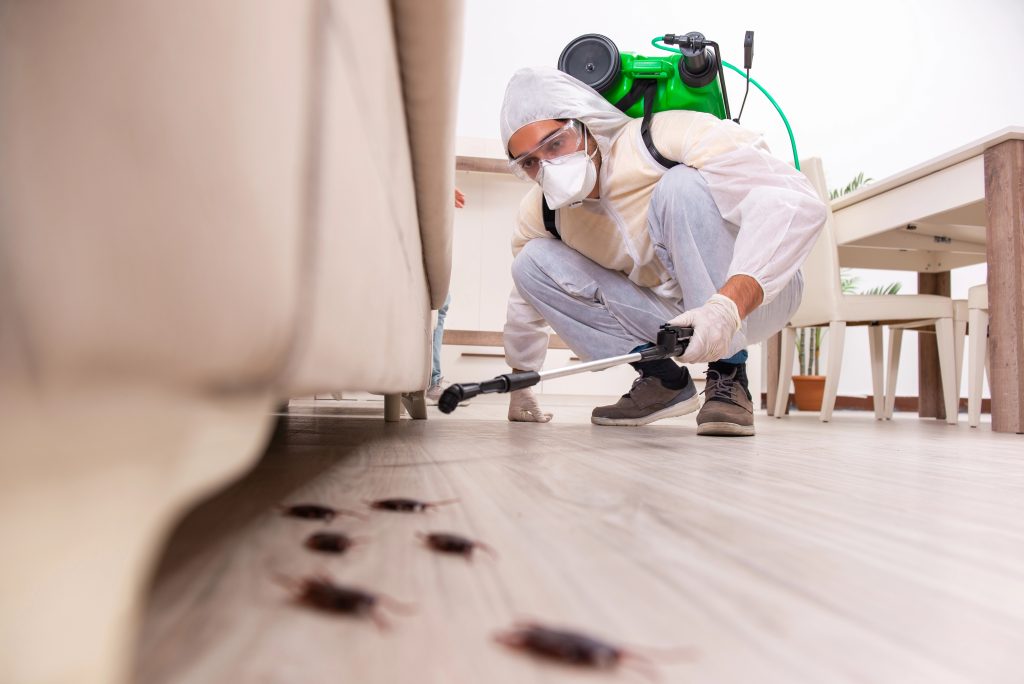Termites are one of the most destructive household pests in Australia. Often called the “silent destroyers,” they can quietly eat away at timber structures for months or even years before the damage becomes visible. By the time homeowners notice hollow wood, sagging floors or mud tubes on walls, repairs can already run into the tens of thousands of dollars.
In the Sutherland Shire, the risk is particularly high. The region’s mild coastal climate, combined with leafy suburbs and bushland, creates ideal conditions for termites to thrive. Regular termite inspections and effective treatment strategies are not only recommended but essential for protecting homes in this environment.
Why termite inspections matter in the Sutherland Shire
The Sutherland Shire has a reputation for being one of Sydney’s most termite-prone regions. Warm, humid summers provide the perfect breeding ground, while damp soil and timber structures give termites easy access to food and moisture. Homes close to bushland or with poor ventilation under floors are at even greater risk.
Annual inspections act as an early warning system. A licensed technician can detect subtle signs of termite activity that homeowners might overlook, such as fine mud tubes, frass (termite droppings), or hairline cracks in plaster. Detecting these early prevents small colonies from developing into large infestations that cause major structural damage.
Beyond spotting live termites, inspections also assess conditions around the property that may encourage infestations. Things like leaking pipes, poor drainage, or garden beds built up against walls can all create termite-friendly environments. Identifying and fixing these issues early reduces the chance of termites gaining a foothold.

Signs you may have a termite infestation
Termites are experts at staying hidden, which is why infestations often go unnoticed until significant damage has been done. However, there are a few tell-tale signs homeowners can look out for:
- Hollow-sounding timber: Knock on skirting boards, door frames, or floors; a papery or hollow sound can indicate termites have eaten away inside.
- Mud tubes: Thin, pencil-like tunnels of mud found along walls, foundations, or tree trunks are used by subterranean termites to travel between their nest and food sources.
- Sagging floors or doors: As termites weaken internal structures, flooring may feel uneven, and doors or windows may suddenly become difficult to open.
- Frass (termite droppings): Small piles of pellet-like droppings can accumulate near entry points.
- Swarming activity: Winged termites often appear in large groups during warmer months, especially after rain. Discarded wings near windows or light fittings are a common sign.
Catching these signs early is vital. By the time obvious damage appears, such as buckling timber or visibly crumbling skirting boards, the infestation is usually well advanced.
What happens during a professional termite inspection
A professional termite inspection goes far beyond a quick look around the house. Licensed pest technicians use specialised tools and knowledge to detect activity that homeowners cannot see. The process typically includes:
- Interior check: Inspectors examine walls, ceilings, skirting boards, and flooring for subtle signs of termite activity. They may tap timber with a donger (a small tool) to detect hollow areas.
- Roof void and subfloor: These hidden spaces are prime spots for termites. Inspectors check for moisture build-up, mud tubes, and damaged timber.
- Exterior assessment: Gardens, fences, sheds, and tree stumps are inspected for signs of nests or access points.
- Moisture detection: High moisture levels can encourage termites. Inspectors may use moisture meters to identify problem areas around plumbing or drainage.
- Detailed report: At the end of the inspection, homeowners receive a written report outlining any termite activity, areas at risk, and recommendations for treatment or prevention.
Termite treatment options explained
When termites are found in or around a home, prompt treatment is essential to stop the colony from spreading further. There are several professional methods commonly used in the Sutherland Shire:
- Chemical barriers: A liquid termiticide is applied to the soil around the home’s foundations. This creates a protective barrier that either repels or kills termites attempting to enter. These treatments can provide protection for several years when properly maintained.
- Baiting systems: Bait stations containing a slow-acting toxin are placed around the property. Termites feed on the bait and carry it back to the nest, gradually eliminating the entire colony. This method targets the source and is effective for ongoing monitoring.
- Direct treatments: In cases where termites are actively infesting timber inside the home, foams or dusts may be applied directly into affected areas to kill termites quickly.
- Eco-friendly solutions: Some providers use lower-toxicity or pet-safe products designed to minimise environmental impact while still being effective against termites.
The best option depends on the extent of the infestation, the termite species, and the layout of the property. A thorough inspection allows a technician to recommend the most suitable approach.
Prevention: How to keep termites away from your home
Preventing termites is often more cost-effective than dealing with an infestation. Homeowners in the Sutherland Shire can reduce the risk by taking practical steps:
- Reduce soil-to-timber contact: Keep garden beds, mulch, and soil away from external walls and timber structures.
- Maintain ventilation: Ensure subfloors and roof voids have good airflow to reduce moisture build-up.
- Fix leaks promptly: Dripping taps, leaking pipes, and poor drainage create damp conditions that attract termites.
- Store timber carefully: Avoid stacking firewood or timber against the side of the house, and keep it raised off the ground.
- Regular inspections: Book professional termite inspections at least once a year. Early detection is the most reliable way to protect against costly damage.
A combination of good home maintenance and scheduled inspections provides the strongest defence against termite activity.

Why choose dependable pest control in Sutherland Shire
Choosing the right professionals for termite management makes a significant difference in both the effectiveness of treatment and long-term protection. Dependable Pest Control brings over 35 years of experience working with local conditions in the Sutherland Shire. Their team is fully licensed and insured, with the knowledge to identify different termite species and apply targeted solutions.
Being a family-owned business, Dependable Pest Control combines technical expertise with a local understanding of the area’s climate and building styles. The company also places emphasis on using products that are safe for families and pets, while still achieving strong results against termites.
With transparent pricing and free quotes, homeowners can make informed decisions about inspections and treatment without hidden costs. This combination of local knowledge, long-term experience, and a safety-first approach makes Dependable Pest Control a reliable choice for protecting homes in the Sutherland Shire.
FAQs about termite treatment and inspections
What are termites?
Termites are small, social insects that feed on cellulose found in wood and other plant material. While they play an important role in breaking down organic matter in the environment, they can cause severe structural damage when they infest homes.
What are the signs of a termite infestation?
Look out for mud tubes along walls, hollow or damaged timber, sagging floors, piles of droppings (frass), or swarms of flying termites during warmer months.
How often should I book a termite inspection?
In high-risk areas like the Sutherland Shire, an annual inspection is strongly recommended. Some properties, particularly those near bushland or with past infestations, may benefit from more frequent checks.
What termite treatments are available?
Treatment options include chemical soil barriers, baiting systems, direct applications such as foams and dusts, and eco-friendly alternatives. The most suitable method depends on the property and the extent of the infestation.
Are treatments safe for pets and children?
Many modern termite treatments are designed to be low in toxicity and safe for use around families and pets when applied correctly by licensed professionals. Always follow the advice provided after treatment.
Conclusion
Termites are a serious threat to homes across the Sutherland Shire, thriving in the region’s humid climate and bushland surroundings. Left unchecked, these pests can cause extensive structural damage that is both stressful and expensive to repair. Regular inspections, combined with effective treatment and preventative measures, remain the best defence for homeowners.
Dependable Pest Control has decades of experience helping local residents safeguard their properties with thorough inspections, tailored treatments, and long-term prevention strategies. By acting early, you can reduce the risk of costly damage and keep your home protected year-round.
For further details on inspections and treatments specific to the Sutherland Shire, click here.
